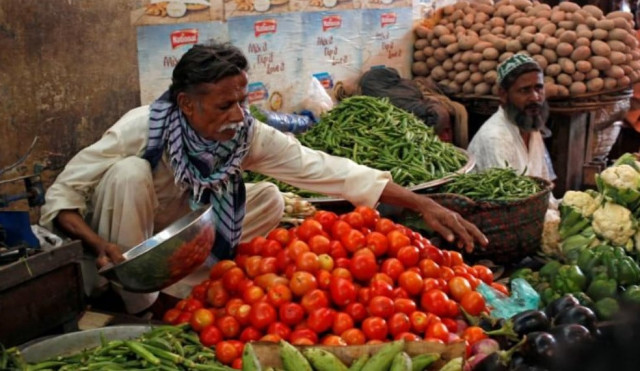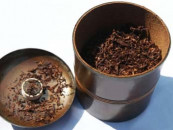SPI drops for first time in 8 weeks
Sugar, chicken prices come down from recent peaks in week ended Sept 14

The weekly inflation reading, as measured by the Sensitive Price Indicator (SPI), decreased for the first time in eight weeks by 0.25%, thanks to the drop in sugar and chicken prices from their recent peaks during the week ending September 14, 2023.
However, inflation still remained relatively elevated at current levels.
The Pakistan Bureau of Statistics (PBS) reported on Friday that out of 51 items, the prices of 24 (47.06%) items increased, 8 (15.69%) items decreased and 19 (37.25%) items remained unchanged compared to the previous week.
The decrease in prices was observed in food items, with sugar dropping by 9.11%, chicken decreasing by 5.47%, eggs by 2.79%, bananas by 0.86%, Lipton tea by 0.59%, gram pulse by 0.57%, 1kg vegetable ghee by 0.16%, and five-litre cooking oil by 0.10% compared to the previous week.
However, the year-on-year trend showed that the inflation rate increased by 26.25%, with wheat flour prices rising by 114.37%, Q1 gas charges increasing by 108.38%, and broken Basmati rice surging by 91.07%, among other items.
Notably, sugar prices had doubled to Rs200 per kg in some cities over the past few months, compared to Rs120 per kg, apparently due to hoarding and smuggling. Crackdowns on these illegal activities have helped reduce sugar prices.
According to the PBS, the average price of sugar dropped to Rs165.40/kg in the week under review, compared to Rs181.98 in the previous week. About a year ago, sugar was available at an average price of Rs86.93/kg nationwide.
Similarly, the average chicken price decreased to Rs358.14/kg in the week, compared to Rs389.46/kg in the previous week. A year ago, it was available at Rs282.13/kg.
In general, however, food prices remained near their recent highs, squeezing the households’ purchasing power and disposable income over the past year and a half.
These price increases were partly due to rising global food and energy prices and partly due to the significant depreciation of the rupee, which made imports more expensive.
The central bank anticipated that the monthly inflation reading, measured through the Consumer Price Index (CPI), would remain high in September and start decreasing from October onwards. Prices are expected to sharply decline in the second half of the current fiscal year 2023-24.
In its monetary policy statement on Thursday, the central bank said that though inflation came down in July-August FY24 compared to May, “the decline was lower than anticipated largely due to the surge in global oil prices and their pass-through to administered energy prices.”
Even though global oil prices have risen recently and are being passed on to consumers through adjustment in energy prices, “inflation is projected to remain on the downward trajectory, especially from the second half of this year,” the bank said.
On the other hand, according to the PBS, major price increases were observed in tomatoes, which increased by 4.29% compared to the previous week, garlic rose by 4.21%, bread by 3.92%, onions by 3.60%, masoor pulse by 3.19%, powdered salt by 2.77%, shirting fabric by 1.68%, moong pulse by 1.66%, printed lawn by 1.32%, mash pulse by 1.25%, and long cloth by 1.18% during the week ending September 14, 2023.
Published in The Express Tribune, September 16th, 2023.
Like Business on Facebook, follow @TribuneBiz on Twitter to stay informed and join in the conversation.



















COMMENTS
Comments are moderated and generally will be posted if they are on-topic and not abusive.
For more information, please see our Comments FAQ